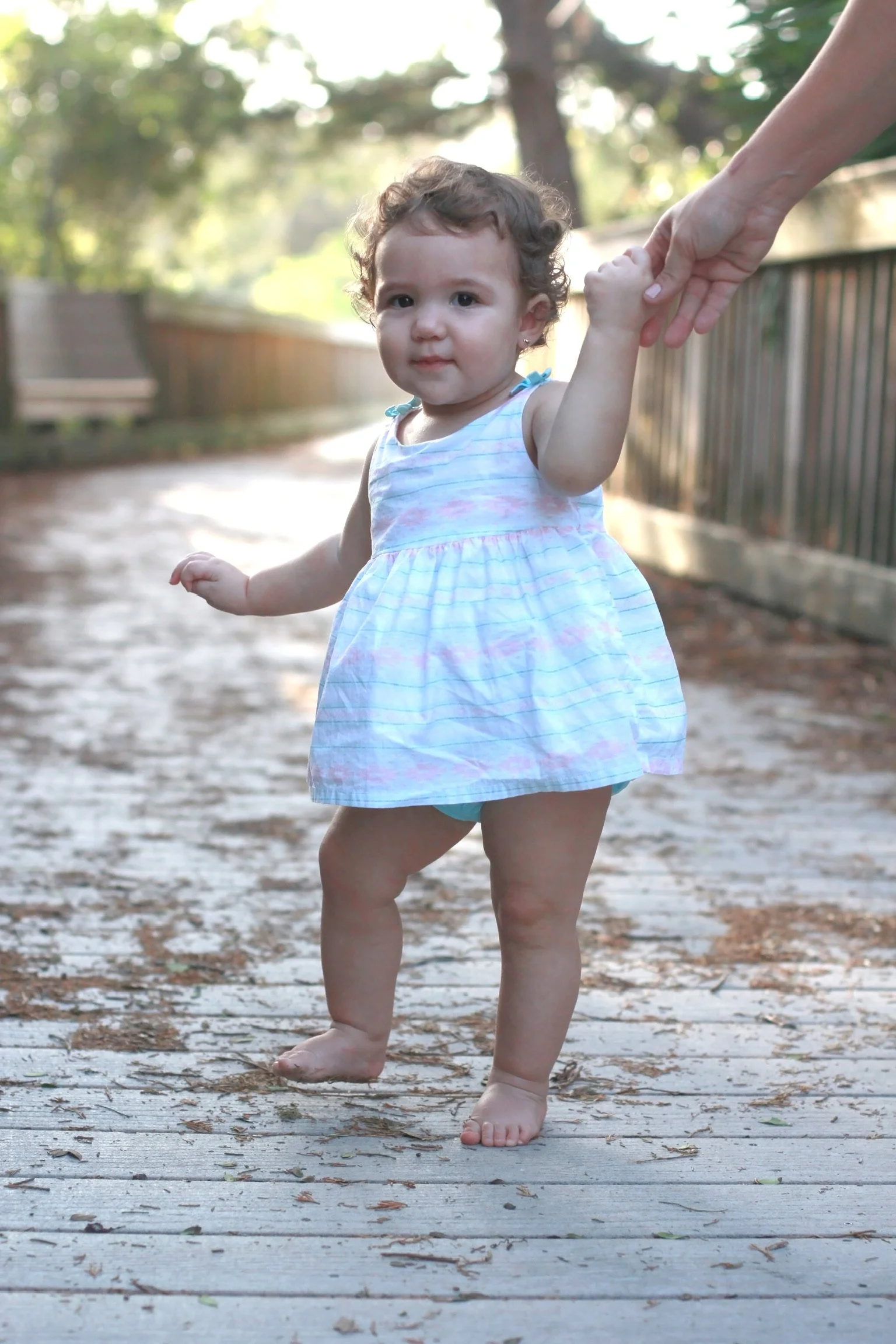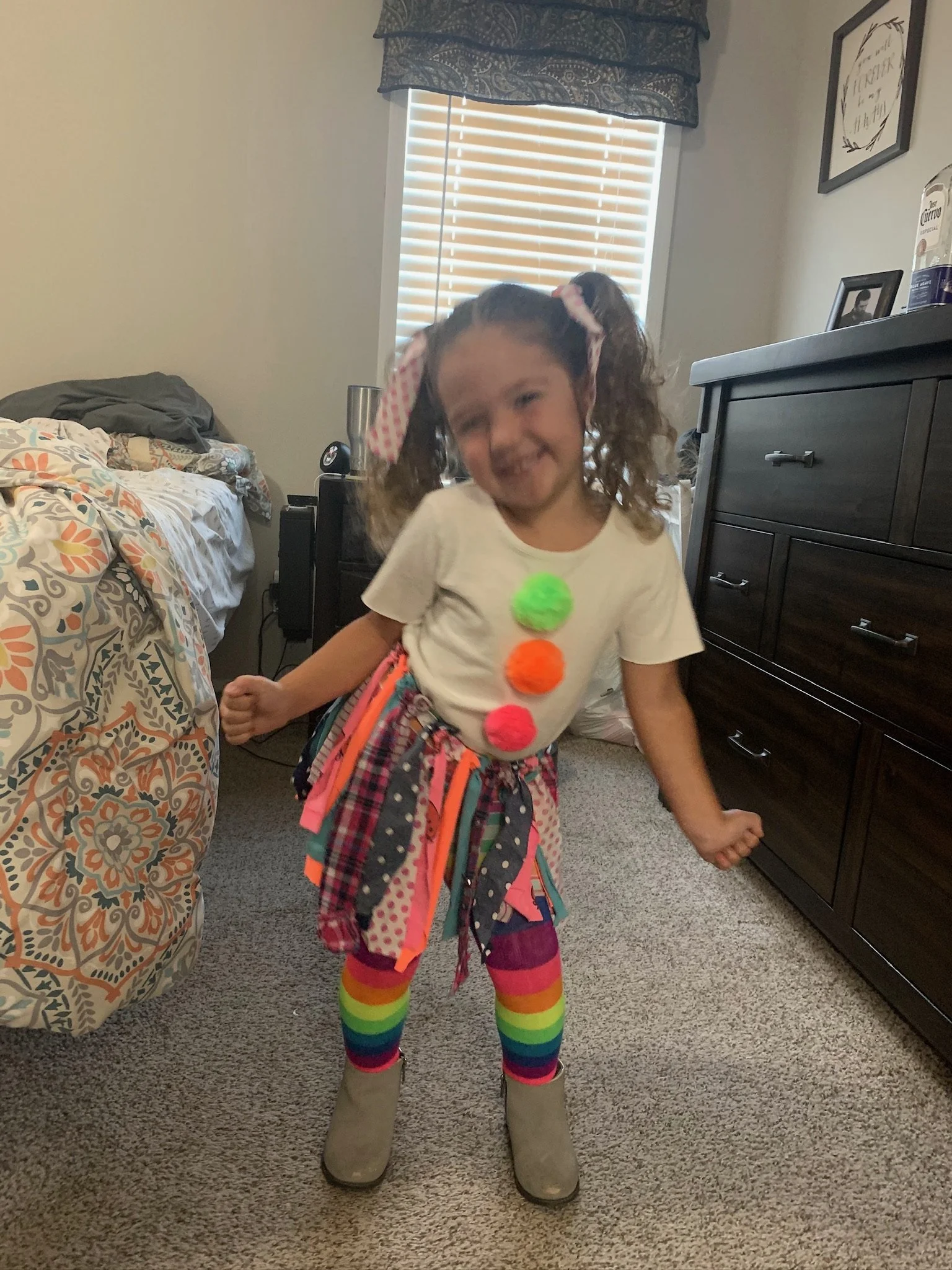About Congenital Heart Defects
Understanding the Heart of Our Mission at Kinslee Strong
Congenital heart defects (CHDs) are structural issues with the heart that are present at birth. These conditions can affect how the heart pumps blood, impacting both the heart’s structure and its function.
CHDs are the most common birth defect in the United States, affecting nearly 40,000 babies each year—that’s one child every 15 minutes. Some CHDs can be detected before birth through a fetal echocardiogram, a specialized ultrasound. Others may not be discovered until birth or even later in childhood, depending on the type and severity of the defect.
Thanks to advancements in medical care and research, children born with CHDs are living longer, healthier lives than ever before. In fact, it's estimated that over two million people in the U.S. are living with a congenital heart defect today, many of whom are thriving well into adulthood.
However, even with successful treatments or surgeries, CHDs are not considered cured. Individuals living with CHDs may develop complications or require additional care throughout their lives. Regular follow-up with a healthcare provider who understands congenital heart disease is essential for long-term health and quality of life.
At Kinslee Strong, we are dedicated to raising awareness, funding research, and supporting families affected by CHDs—because every heartbeat matters.
Source: Centers for Disease Control and Prevention (CDC)
#KinsleeStrong #CHDAwareness #EveryHeartbeatMatters
Understanding Congenital Heart Defects (CHDs)
Kinslee Strong is committed to raising awareness about congenital heart defects (CHDs)—the most common birth defect in the United States. CHDs are structural problems with the heart that are present at birth. They range from mild conditions requiring minimal intervention to severe, life-threatening defects that need immediate surgery or long-term treatment.
Examples of CHDs include holes in the heart walls, underdeveloped chambers, or malformed blood vessels and valves. In the most serious cases, parts of the heart may be missing or in the wrong location, significantly affecting how the heart functions.
Each year, approximately 40,000 babies in the U.S. are born with a CHD—roughly 1 every 15 minutes. Despite advances in treatment, about 25% of these children will need heart surgery or interventions in their first year of life to survive.
Diagnosis, Treatment, and Lifelong Care
Warning signs in infants and children may include:
A bluish tint to the skin, lips, or fingernails (cyanosis)
Fast or labored breathing
Poor feeding or weight gain
Difficulty with exercise
Excessive sweating
Some CHDs can be detected before birth through specialized ultrasounds or fetal echocardiograms. Others are found shortly after delivery when doctors hear abnormal heart sounds, known as murmurs. Additional diagnostic tools—like echocardiograms, MRIs, or cardiac catheterization—may be used to confirm a diagnosis.
While surgical advances have significantly improved outcomes, many individuals with CHDs face lifelong health challenges, including developmental delays, heart rhythm issues, stroke risk, and the need for additional surgeries or medications. In fact, surgery is often not a cure but a critical step in managing the condition.
Living with CHDs: Challenges Beyond the Hospital
Thanks to research and innovation, survival rates for babies with CHDs are steadily increasing. Today, 95% of babies with non-critical CHDs and 69% of those with critical CHDs are expected to survive to adulthood. But survival is just the beginning.
Long-term challenges include:
Mental and emotional health: Children with complex CHDs are five times more likely to be diagnosed with anxiety. Nearly half of adults living with CHDs experience a mood or anxiety disorder.
Access to care: Fewer than 500 board-certified adult CHD specialists are available in the U.S., mostly concentrated in urban areas.
Transition to adult care: Many teens and young adults fall out of care, increasing risks for serious complications later in life.
Social determinants like location, socioeconomic status, and access to transportation or specialized providers further affect long-term outcomes, especially in underserved communities.
Why CHD Research Matters
Research has been the driving force behind the progress in CHD survival and care. Since 1999, death rates from CHDs have dropped by 37.5%, thanks to research-supported advancements in diagnostics, surgery, and post-operative care.
Yet, CHDs remain underfunded despite their prevalence and impact. Compared to conditions like cancer, autism, or cystic fibrosis, congenital heart defect research receives significantly less public funding, even though CHDs affect more individuals.
At Kinslee Strong, we believe that every child deserves the best chance at life. That’s why we are committed to funding pediatric cardiac research, supporting medical professionals, and working alongside leading organizations like the American Heart Association, American Academy of Pediatrics, and Cardiac Networks United to help create a healthier future for children living with CHDs.
Sources:




